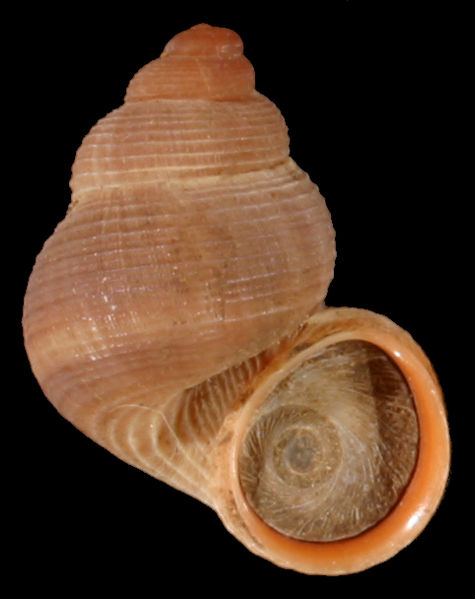Mystery of Fast-Spreading Snails Solved

Snails strewn on both shores of the Mediterranean were apparently scattered there by people, yielding new clues into ancient routes of human expansion across the area.
The land snail Tudorella sulcata can be found on both the northern and southern shores of the Mediterranean. As snails are renowned for traveling slowly, it was strange that this one dispersed so widely.
To solve the mystery, scientists analyzed DNA samples from 138 living specimens of T. sulcata at 28 sites in southern France, Algeria and the Italian island of Sardinia to figure out the origins and evolution of the species. By measuring the level of genetic diversity found in specimens in a given area, the researchers could determine which populations were probably ancestral to others, as older ones would have more time to diversify. In addition, by estimating how long it took for these genetic changes to accumulate, they could approximate when lineages branched off from one another.
The investigators found the origin of the species was on Sardinia. The snails next expanded to Algeria and then France, probably starting about 8,000 years ago. [Greatest Migrations on Earth]
Based on these findings, the most believable explanation is that humans helped spread these snails. The direction of surface currents across the western Mediterranean make it unlikely they floated from Sardinia elsewhere on logs, and the fact these snails live mostly buried in the soil would make airborne travel on migrating birds highly unlikely.
The timing of the snail's expansion coincides with the peak of migrations of people from the Near East into Europe during the Neolithic or end of the Stone Age in the western Mediterranean. The findings show "that humans were much more mobile than we currently think," researcher Markus Pfenninger, an evolutionary biologist at the Biodiversity and Climate Research Center in Frankfurt, Germany, told LiveScience.
It remains uncertain how and why humans dispersed these snails. They might have been accidental hitchhikers, but "the snails look pretty nice with their pinkish shell, so it's possible that they were used as adornment" and transported for this reason. Also, "snails were extensively used as food by man in the Stone Age. Because they can be carried alive and thus keep fresh for quite a long time, they were used as a viand [an item of food] during hunts, journeys and certainly also by seafarers."
Sign up for the Live Science daily newsletter now
Get the world’s most fascinating discoveries delivered straight to your inbox.
Pfenninger noted that similar dispersal patterns might be seen with related snails, such as Tudorella mauretanica, found in Morocco, Algeria and Spain, and Tudorella multisulcata, seen in Tunisia and Sicily.
The scientists detailed their findings online June 22 in the journal PLoS ONE.











